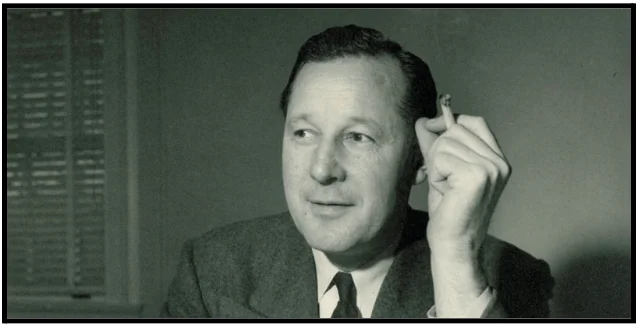Talking Big Ideas.
“Joshua Bell plays like a god.”
~ John Corigliano, Five-time Grammy winning musical composer
Gene Weingarten is a famous writer.
Not long after I moved to DC, he ran an experiment that fascinated me. One day in the winter of 2007, Gene convinced a man to walk into a busy DC metro station and spend about an hour playing music alone for money. He wore jeans, a t-shirt, and a baseball hat.
The catch: this wasn’t an everyday street performer. It was Joshua Bell — the LeBron James of classical music. Three days earlier, Bell sold out the Symphony in Boston.
One of the most accomplished artists alive, Bell stood in disguise as people walked past him. The Stradivarius violin he played was worth more than $3 million. His free concert began with Chaconne by Johann Sebastian Bach, a timeless masterpiece described as “one of the greatest achievements” of any person in history.
The Washington Post, which helped run the experiment, was worried that Bell would draw such a large crowd it would be disruptive. More than a thousand people were expected to enter the metro station during Bell’s performance.
How many would stop to listen?
Seven. Out of 1,077.
Bell later said:
At a music hall, I’ll get upset if someone coughs. . . . But here, my expectations quickly diminished. . . . I was oddly grateful when someone threw in a dollar.
What was different?
Aristotle gave us the answer more than two thousand years ago. He said that presenters need three things to connect with their audiences. He called them logos, ethos, and pathos.
LOGOS: Logic, facts, figures, statistics. The big ideas, presented so the audience will understand them.
ETHOS: High status. The audience believes the presenter is worth listening to because of authenticity, credibility, or trustworthiness.
PATHOS: Putting the audience in the right frame of mind so they are willing to listen. Having people not just hear the message, but feel it, experience it.
In the DC metro station Bell played incredible music flawlessly. His logos — the musical composition — was perfect. (You can watch it here.)
But people didn’t know he was a famous musician. Disguised as an ordinary guy, he had no ethos. And metro stations are not designed to create emotional connections between audience and performer the way concert halls are. There was no pathos.
Without ethos and pathos, his logos fell on deaf ears.
The lesson for public speakers is simple yet profound. All the facts and figures in the world may not be enough to connect with our audiences if we don’t also build credibility and share stories.
To build good speeches we need to use all three ingredients. I like to tell people to think of a tripod with one leg. It’s not effective!
And yet, I see presentations all the time that focus only on dry facts. And the speakers then wonder why their audiences tune out.
When we talk, it’s not enough to present our arguments logically. We also have to build our credibility and bring our ideas to life with stories, analogies, and concrete examples.
Ethos and pathos are the keys that unlock our audience’s minds and lower the gate to let our ideas inside.
The author Camille Gallo has spent decades studying communication. He says the best speeches keep their facts clear and tight. They make up less than one third of the presentation. Most of the time is spent bringing the ideas to life through stories, analogies and vivid examples. And some time is used to establish credibility and build trust.
Consider this The 2/3 Rule: Spend most of the presentation bringing the ideas to life in a concrete and compelling way.
As we think through how we communicate our most important ideas, let’s be mindful to apply timeless insights that help ensure we connect with our audiences.
***
![]() IDEA
IDEA
Facts need stories from a trusted source to resonate. A tripod with one leg doesn’t work.
Consider an important conversation you have coming up. What are the key ideas (logos) you want to get across? How can you pull back the curtain and show us why you care and have credibility (ethos) with this issue? What stories can you include to bring it all to life (pathos)?
BONUS
Watch Bryan Stevenson give a brilliant illustration on how to apply the The 2/3 Rule.
***
A client reached out to me yesterday for help.
He’s got a big presentation coming up. He gives it to new audiences every few months, and they haven’t been receptive. In his self-assessment, he said:
“I talk about the importance of telling stories, but I don’t actually tell any. And I don’t make time to build my credibility. I focus on explaining processes.”
And what’s the result?
“Before I get to the end, usually their eyes glaze over.”
Ouch.
His homework for next week is to rework the presentation so it follows The 2/3 Rule. I’m eager to see the revision.
I’m confident fewer eyes will glaze over next time.
If you find this useful, please subscribe to our free weekly newsletter.




